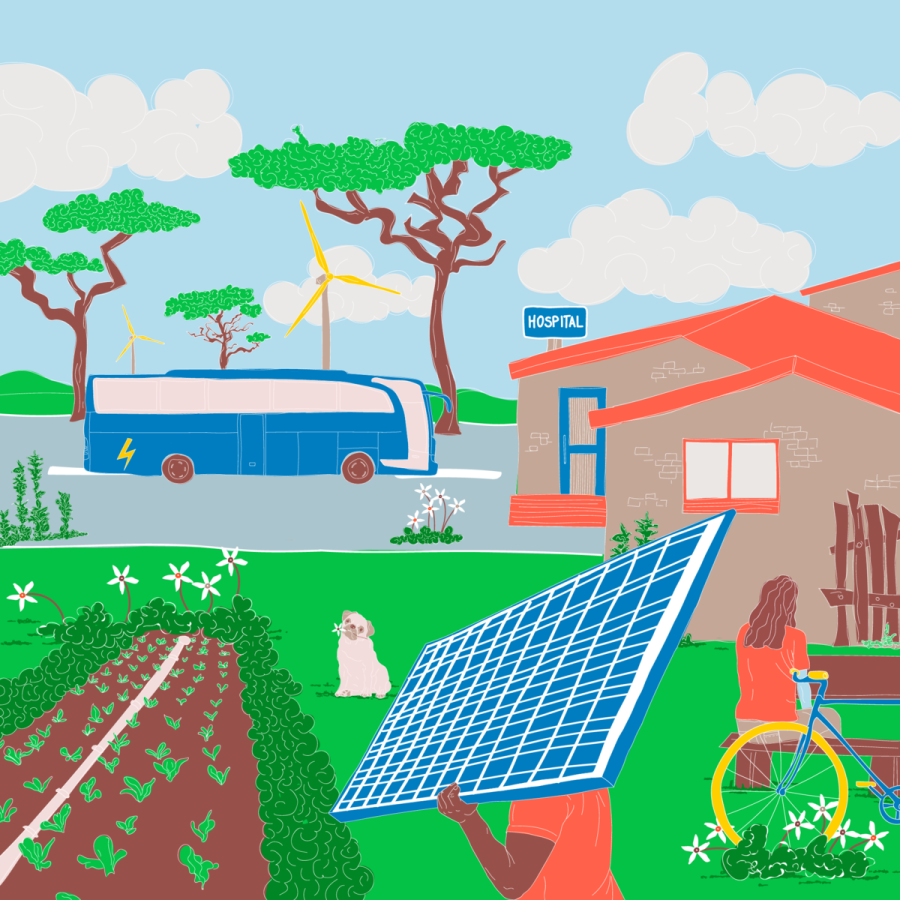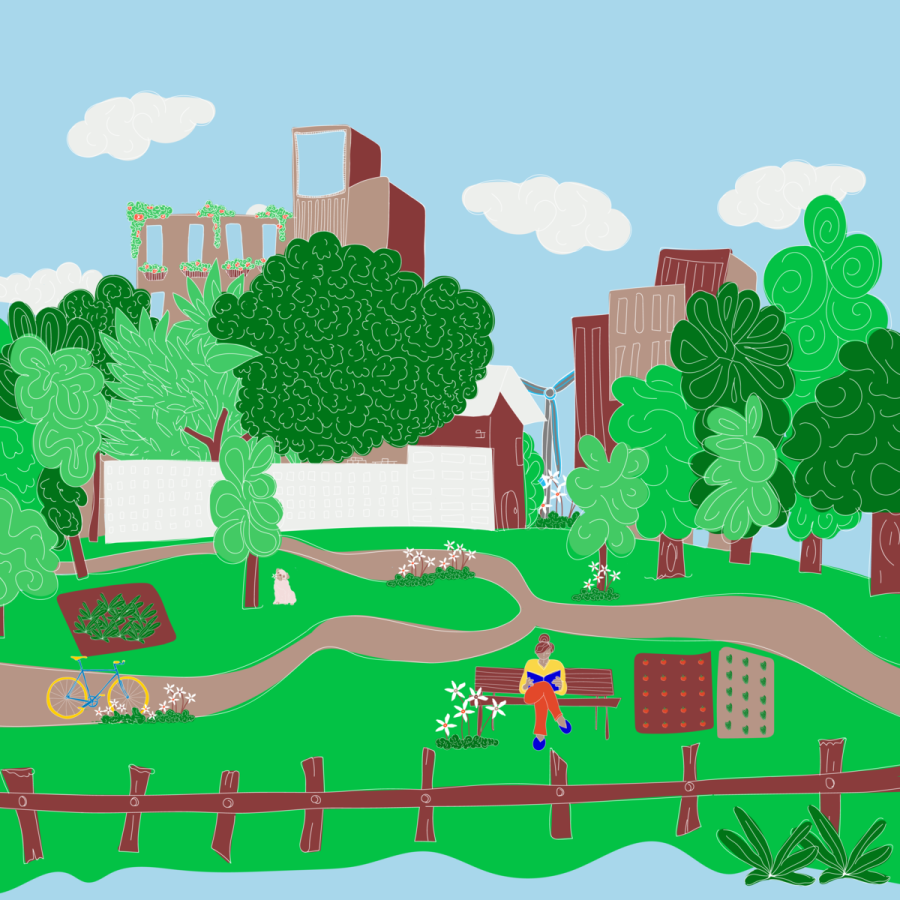We need to transition from conventional, costly, polluting energy sources to cleaner, affordable alternatives for a greener and more sustainable energy future.
Green energy, also known as renewable energy, refers to energy generated from sources that have a minimal impact on the environment and do not deplete natural resources. These energy sources do not produce greenhouse gas emissions during energy generation, or at least emit significantly fewer emissions. Using green energy can also reduce air pollution and decreases the reliance on finite fossil fuel reserves.
Key concepts
Create energy communities:
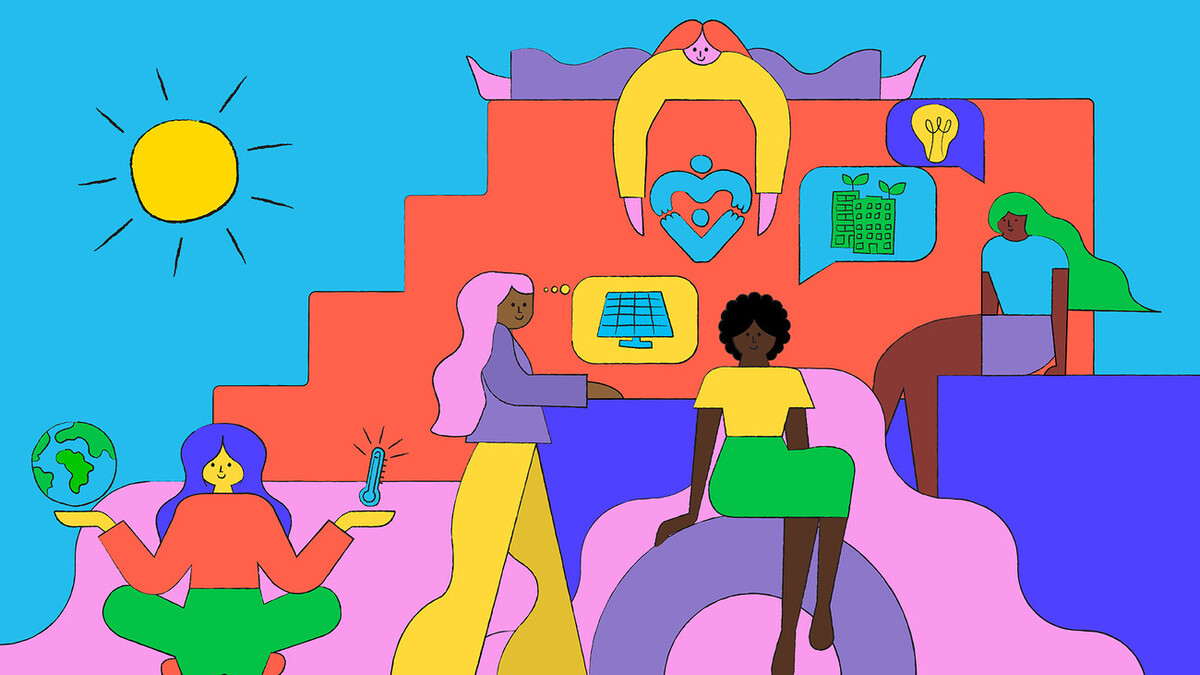
- Energy communities are founded on principles of open participation and voluntary engagement. The community collectively address energy-related challenges and opportunities.
- By collectively working towards cleaner and more efficient energy practices, these communities contribute to reducing reliance on fossil fuels and mitigating climate change.
- Energy communities empower local individuals and communities to have a say in how energy is produced and consumed in their area. This can lead to more equitable distribution of benefits and increased local resilience.
Shift to using green energy supplies
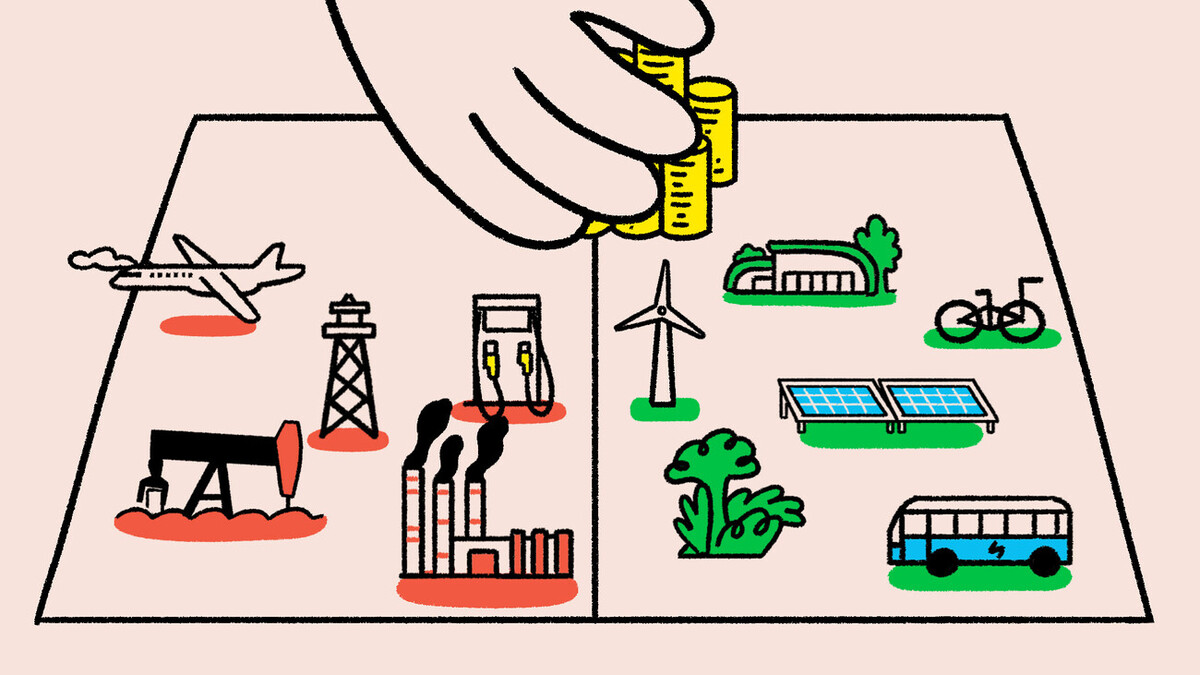
-
Invest in local green energy generation, such as wind power and solar panels
-
Invest in research and development to improve renewable energy technologies and find new solutions for clean energy generation.
-
Implement supportive policies and incentives for renewable energy adoption, such as feed-in tariffs, tax credits, and renewable energy targets.
-
Transitioning from fossil fuel-powered vehicles to electric vehicles can significantly reduce carbon emissions in the transportation sector.
Invest in energy infrastructure
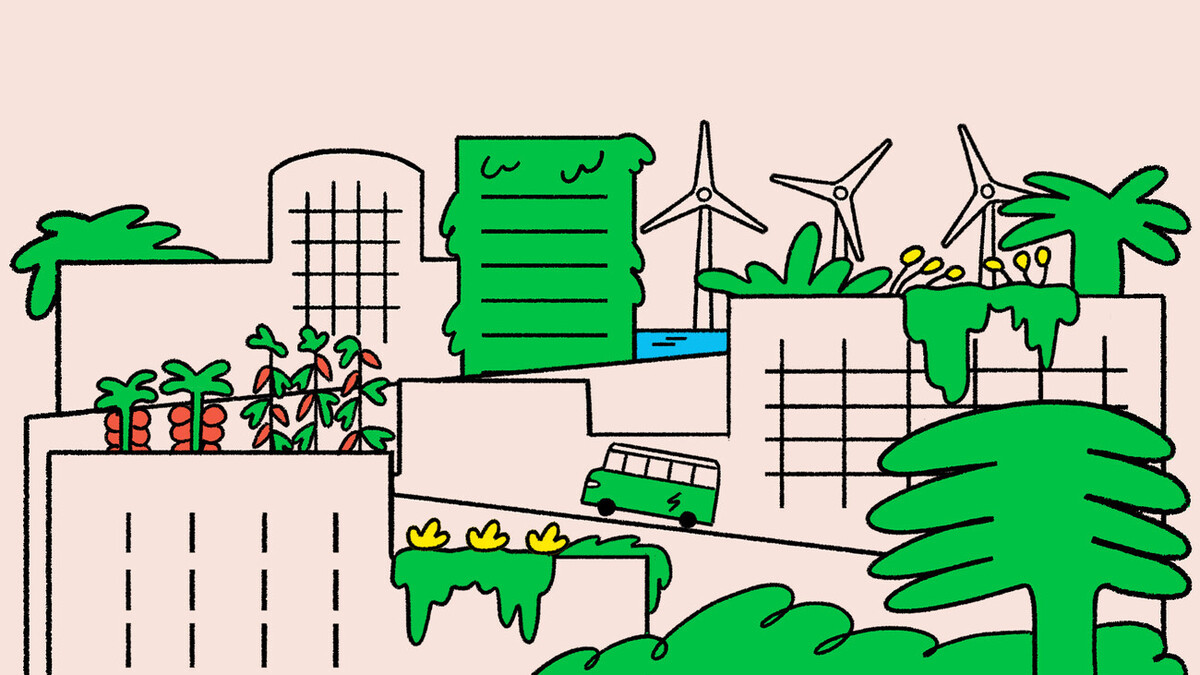
-
Upgrade the electrical grid to enable efficient energy distribution. Enable residents to reduce bills and sell back excess energy to the grid.
-
Capture waste heat from sources such as underground train lines, that produce lots of heat.
-
Develop and implement efficient energy storage technologies to address the intermittent nature of some renewable energy sources. Battery storage and other storage technologies can help stabilize the grid and ensure a reliable energy supply.
Reduce the demand for energy
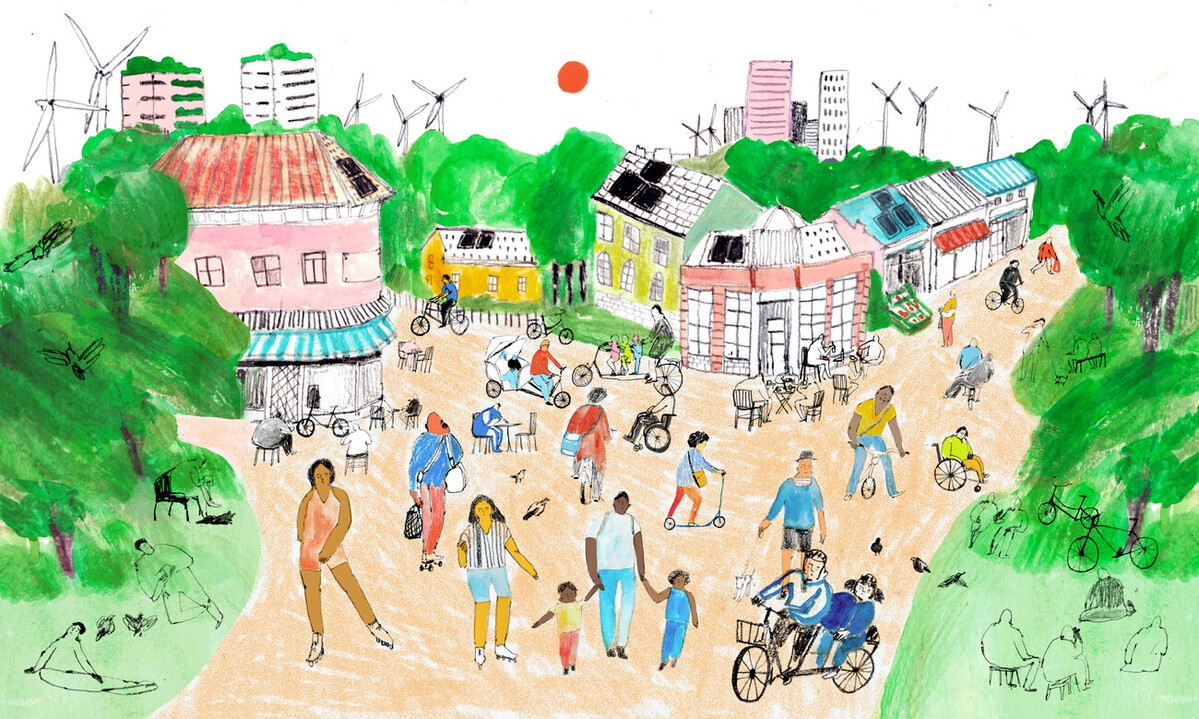
- At the same time as moving to green energy, we should aim to use less energy in our buildings, public spaces and infrastructure.
-
Emphasise energy efficiency measures across all sectors to reduce energy demand, for example by upgrading to energy-efficient appliances, and improving industrial processes.
-
Consider how the size and layout of buildings to the sun and wind can reduce the need for cooling and heating. For example, you can design and orientate buildings to maximise solar roof exposure.
-
Educate the public about the importance of transitioning to clean energy sources and the benefits of reducing carbon emissions.
-
Reduce energy loss, for example losses in heat networks by ensuring all pipework is insulated.
Questions?
If you have a question or would like more details on the Students Reinventing Cities competition, please use the form below. You will receive a response via email.


